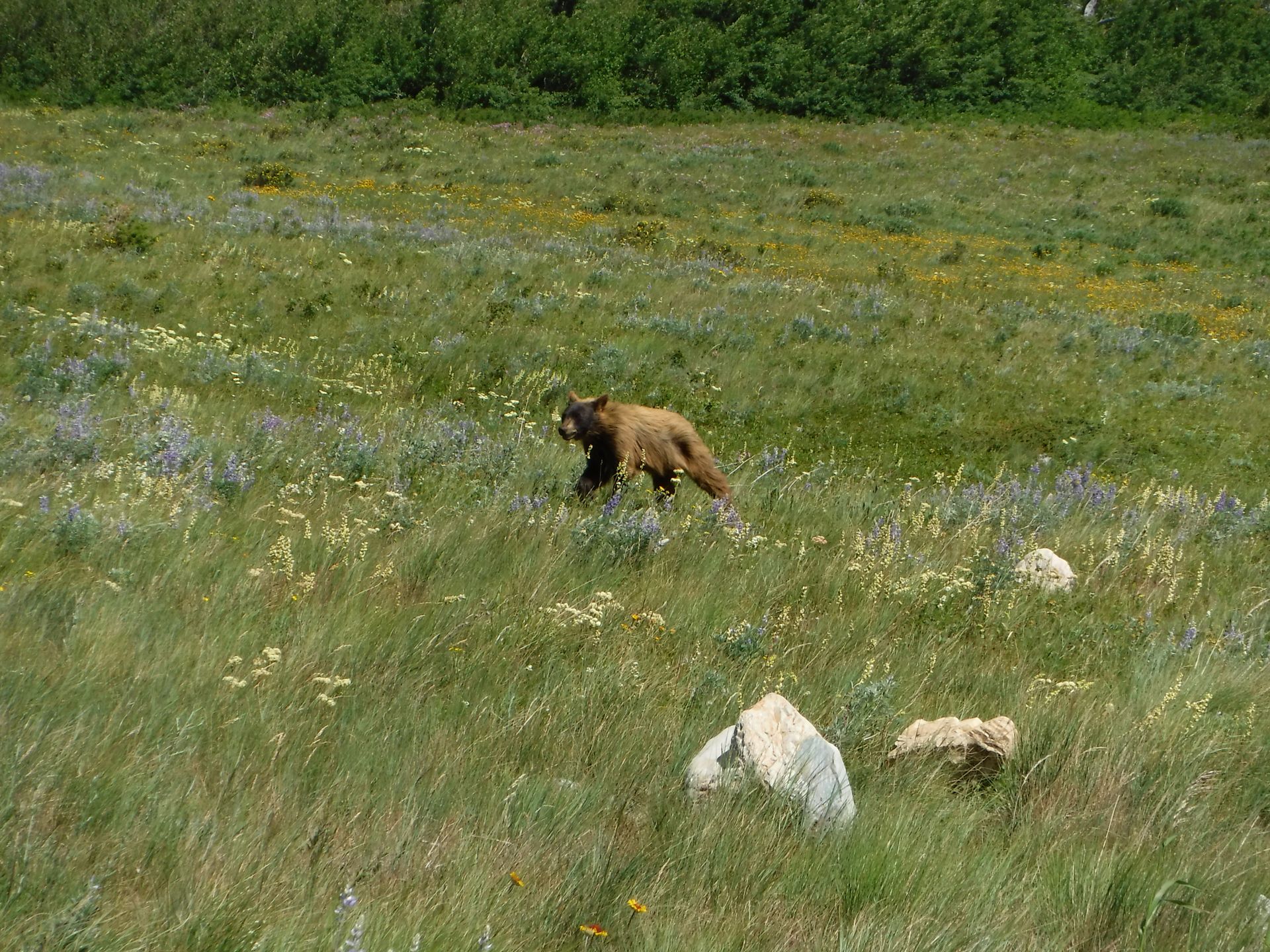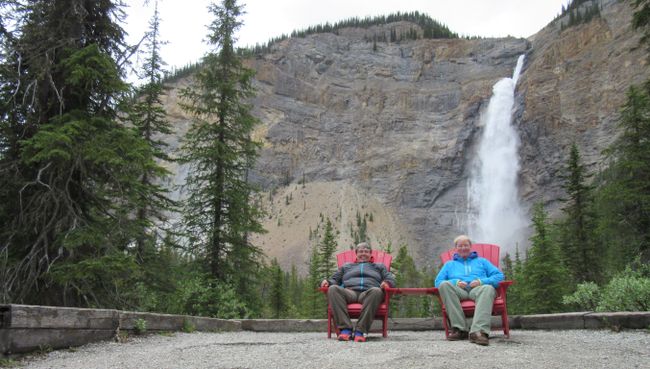Camper picked up and let's go
Buga: 19.04.2018
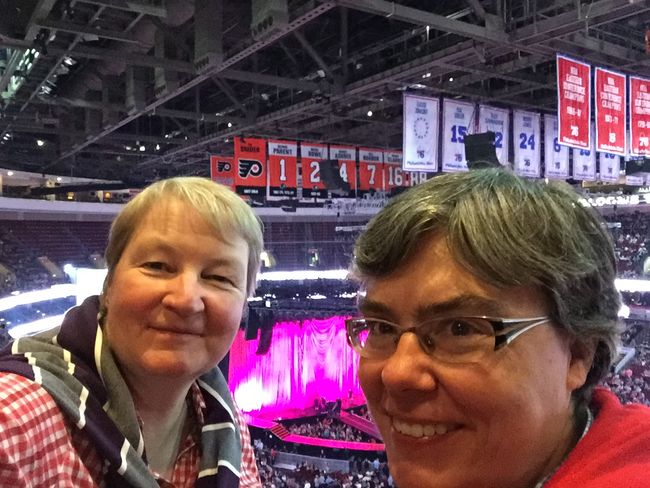

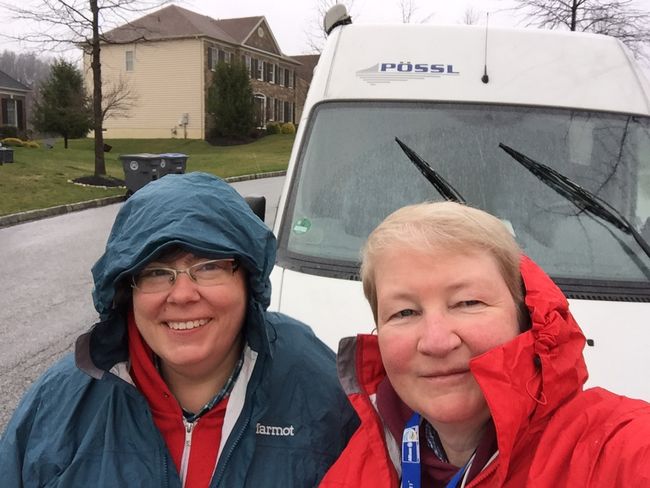
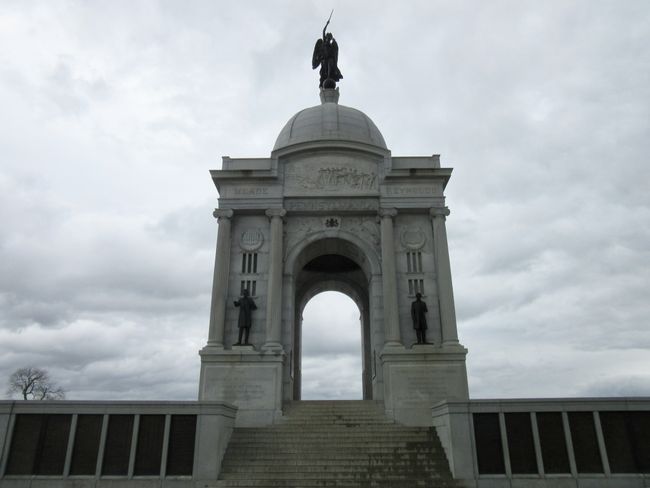
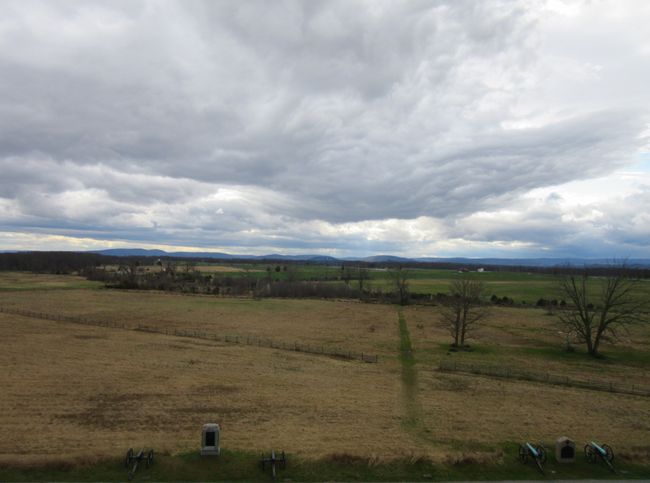
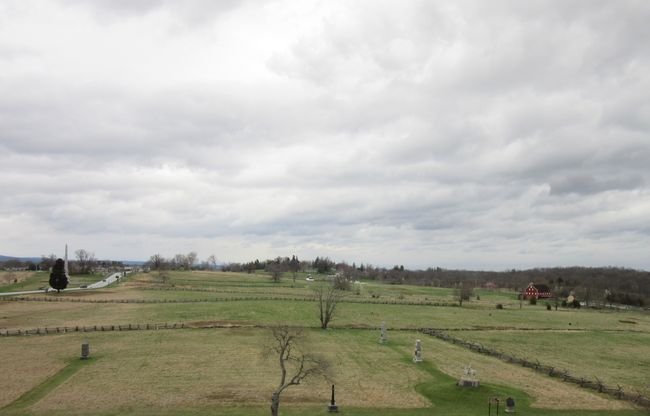
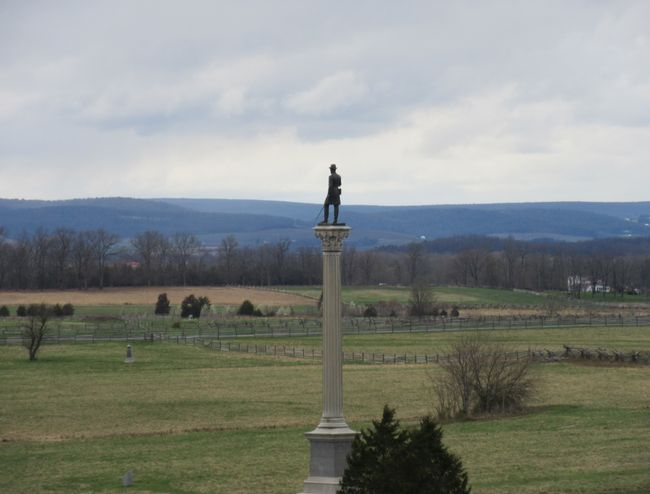
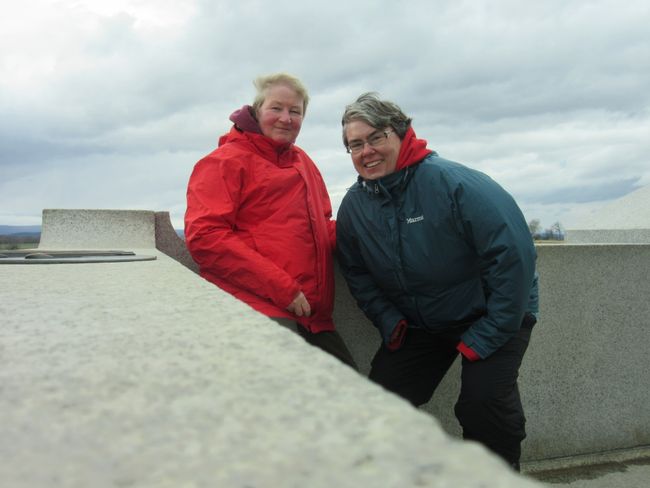
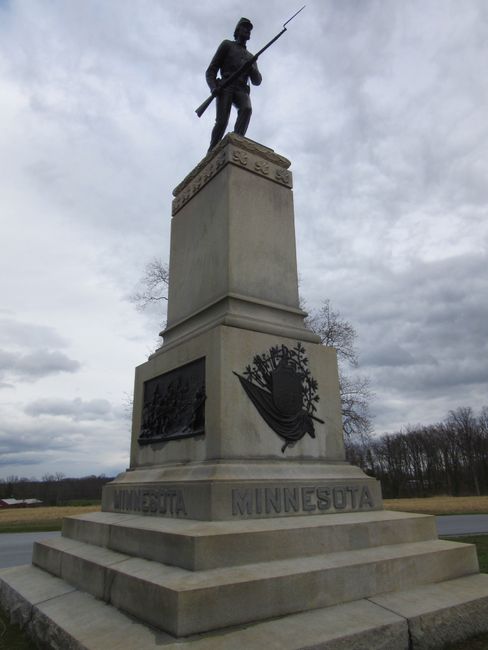
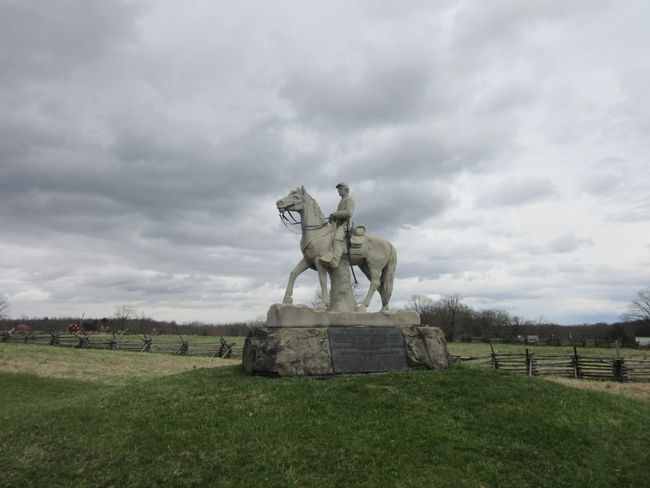
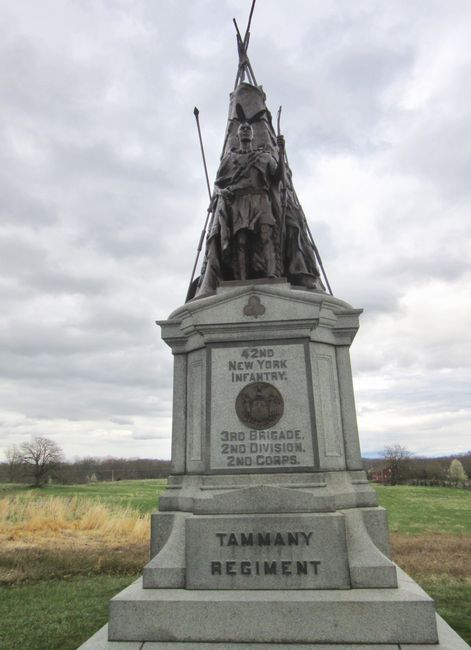
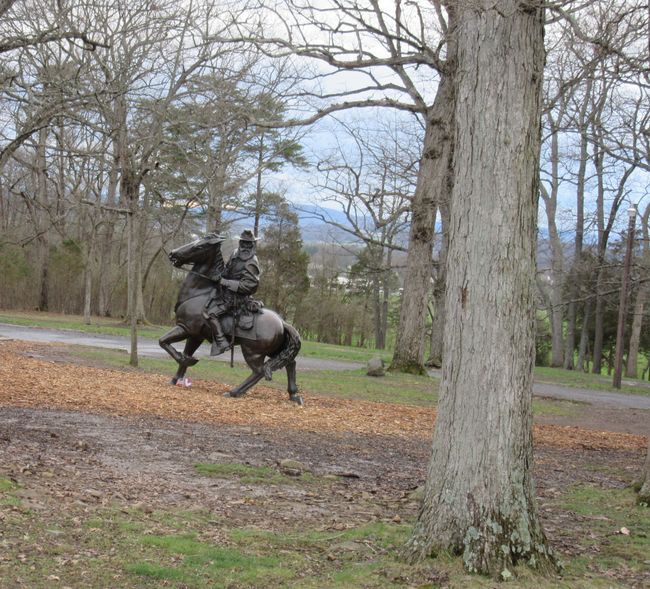
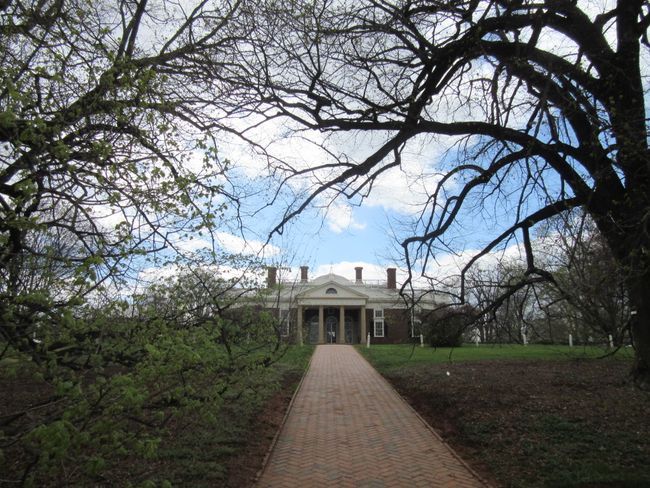
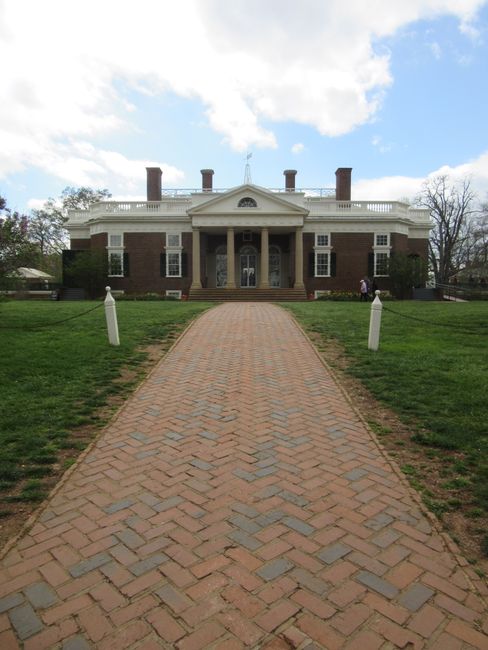
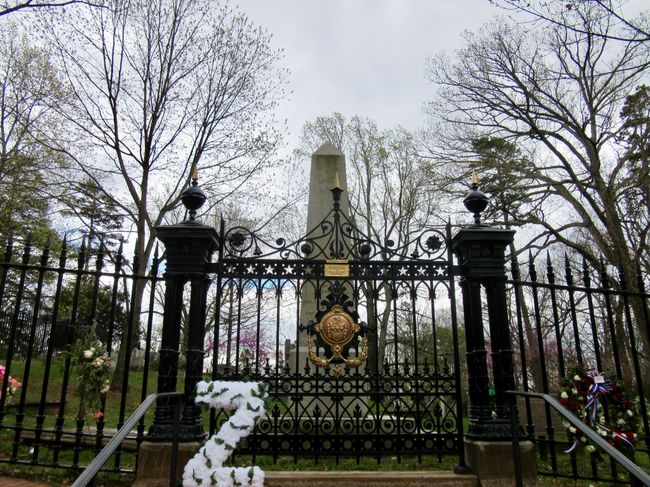
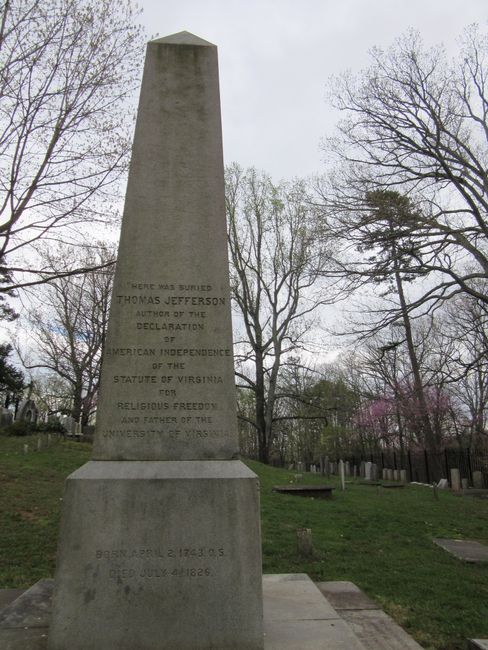
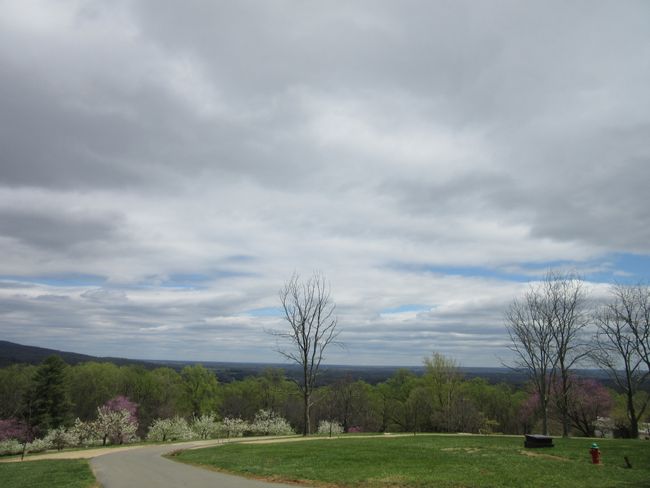
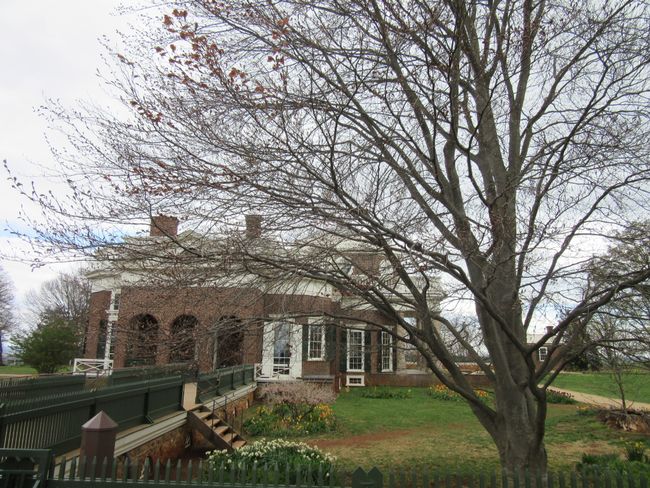
Biyan kuɗi zuwa Newsletter
Well, we didn't leave right away. First, the camper pick-up was delayed by a day. Since this year, the authorities like to take a little longer, but finally they handed over our vehicle. There were no flaws, the contents were complete and in order, everything went smoothly.
Then we went to Norbert and Sonali in Philadelphia. There we met their son Ayan, a sweet 2 1/2-year-old. We stayed there for 5 more days, being pampered in their big house with full service. Ayan thoroughly inspected and tested the camper, and Sandra drove him to the airport at least 20 times (of course only pretend 🚐✈️).
Another highlight in Philly: on Friday we attended the Pink concert, as always it was absolutely amazing 😃💕
But eventually, it was time to leave. In lousy rainy weather, we left Philadelphia towards Gettysburg. One of the decisive battles of the American Civil War raged there from July 1st to 3rd, 1863.
The Gettysburg Military Park consists of 1,300 memorials, monuments, and stones scattered across the large battlefield. Basically, every unit, every state has erected something in memory of their comrades. There is a circular route with explanations that you can drive yourself by car.
Although the Confederation under General Lee was actually superior, in the end the Union under General Meade emerged as the winner after three days and some tactical mistakes. However, the victory was dearly bought. With about 50,000 fallen or wounded soldiers, it was one of the bloodiest battles of the civil war. In total, about 750,000 Americans died. It was not only about the question of slavery which the North wanted to abolish and the South wanted to retain, but also about the question of the unity of the nation, which President Lincoln desperately wanted to preserve.
A perfect fit to the question of slavery is the visit to Thomas Jefferson's residence, Monticello. It is located in Virginia and is really well preserved and worth seeing. Jefferson, the 3rd President of the United States and author of the draft of the Declaration of Independence, was also the owner of large plantations and about 150 slaves. The guided tours of the grounds show the very interesting house with its largely intact interior. But also the life of the slaves, the hard work, the arbitrariness, and the daily struggle for survival and to keep the family members on the plantation because often children were simply sold.
Jefferson was an advocate of slavery, he considered blacks to be dumb and violent, and also made it clear later in life that his opinion had not changed. With his words "All men are created equal" he could therefore only have meant whites. Nevertheless, he was also a great visionary and thinker who tried all his life to educate people and stimulate thinking. In the end, you have to see him in the context of his time. Slaves were an indispensable economic factor in the South. Without them, the plantations would not have been profitable. When people wanted to ban slavery, those in the South saw their livelihoods threatened and so the war against the industrialized North ultimately became inevitable.
You are not allowed to take photos in the house, so there are no photos of it. The USA itself has not contributed anything to its preservation. We owe that to a private foundation that operates the museum without state aid. After Jefferson's death, the house was sold, and the heirs had no money to maintain it. Several years later, the Jewish Levy family bought it. Jefferson had always advocated for free religious practice, so the Levy family greatly appreciated him. It can probably be said with a clear conscience that they were fans of him. Over the next 90 years, they acquired the house, restored it, and bought back many original items. In 1923, the foundation took over.
Biyan kuɗi zuwa Newsletter
Amsa
